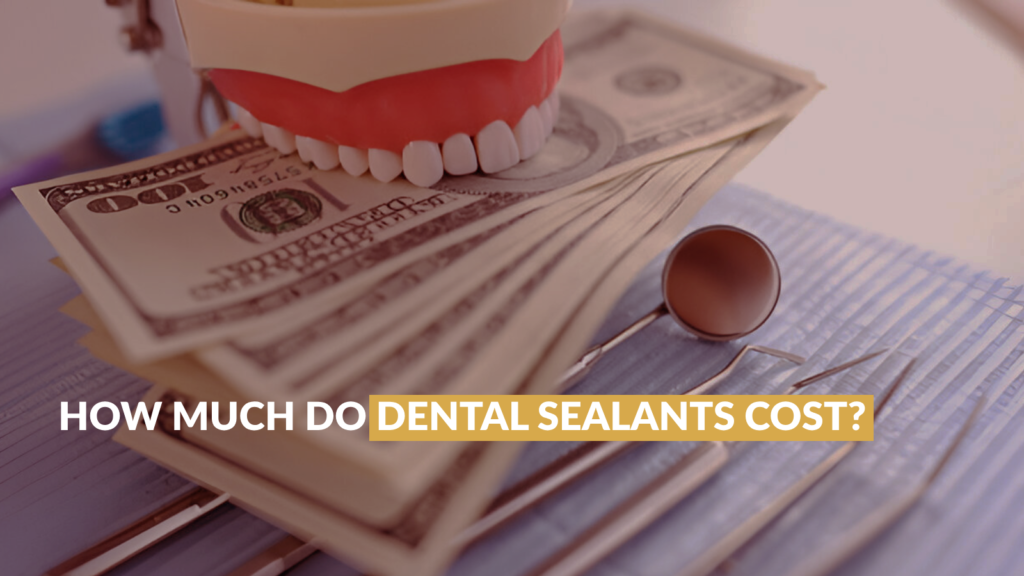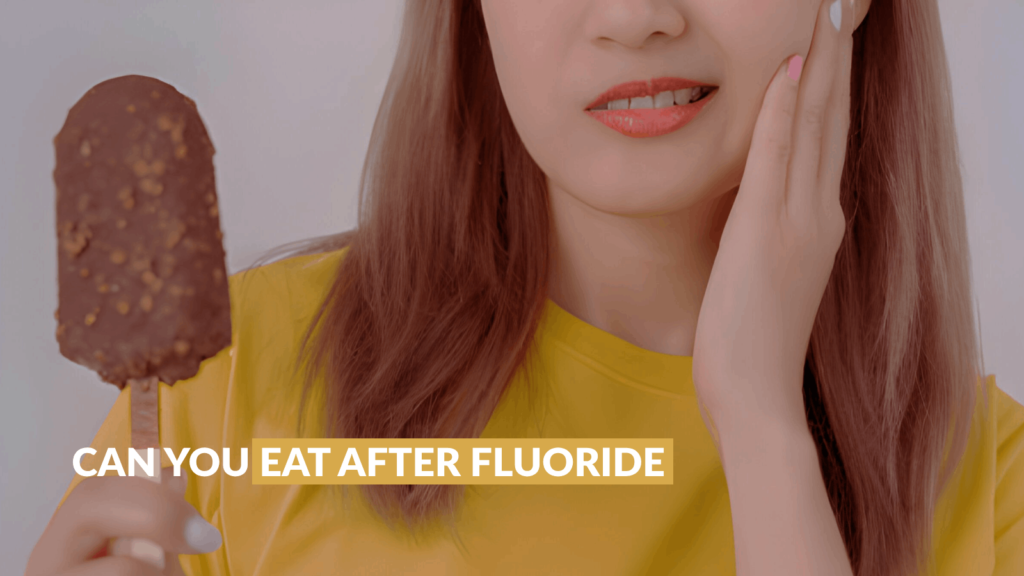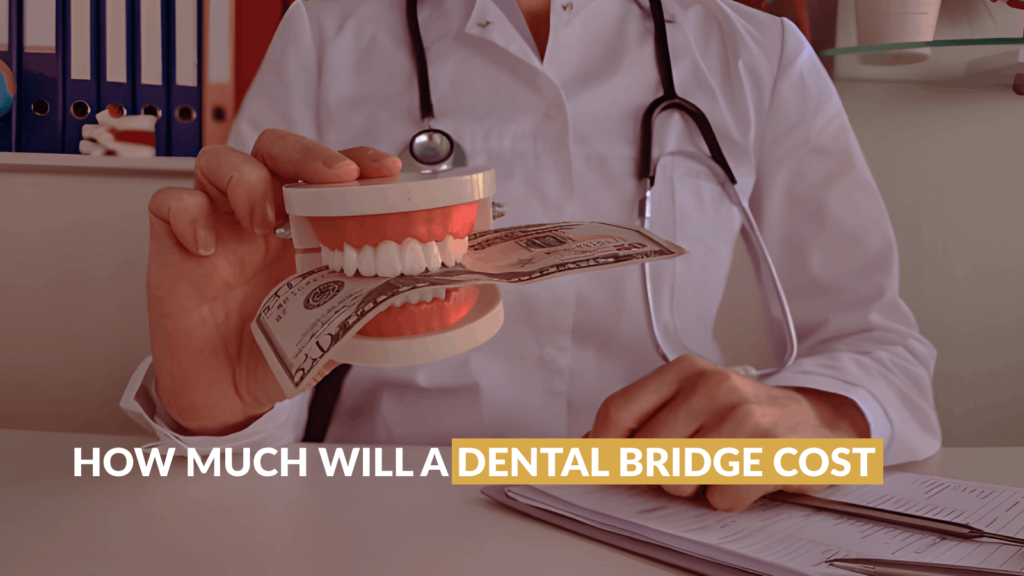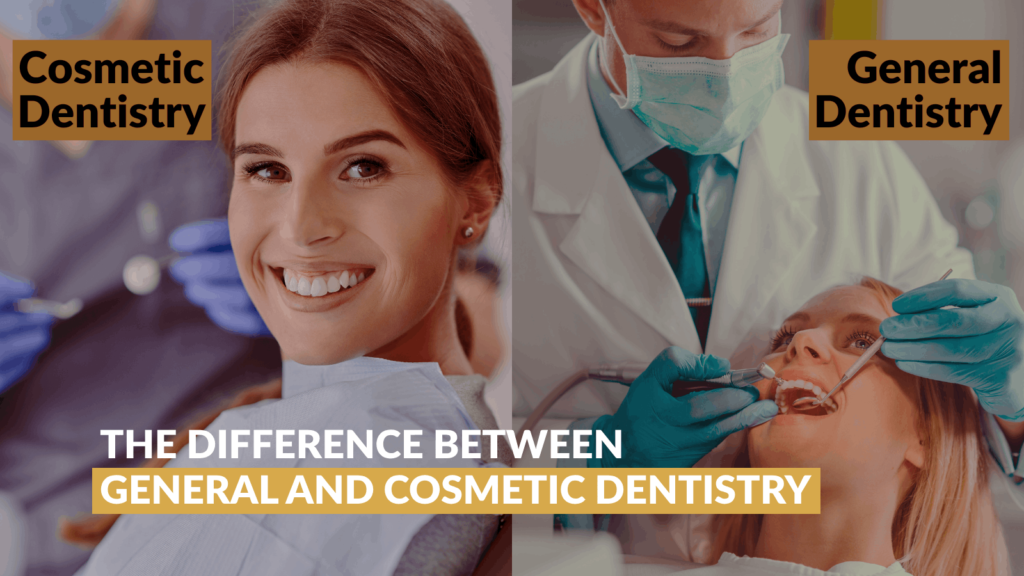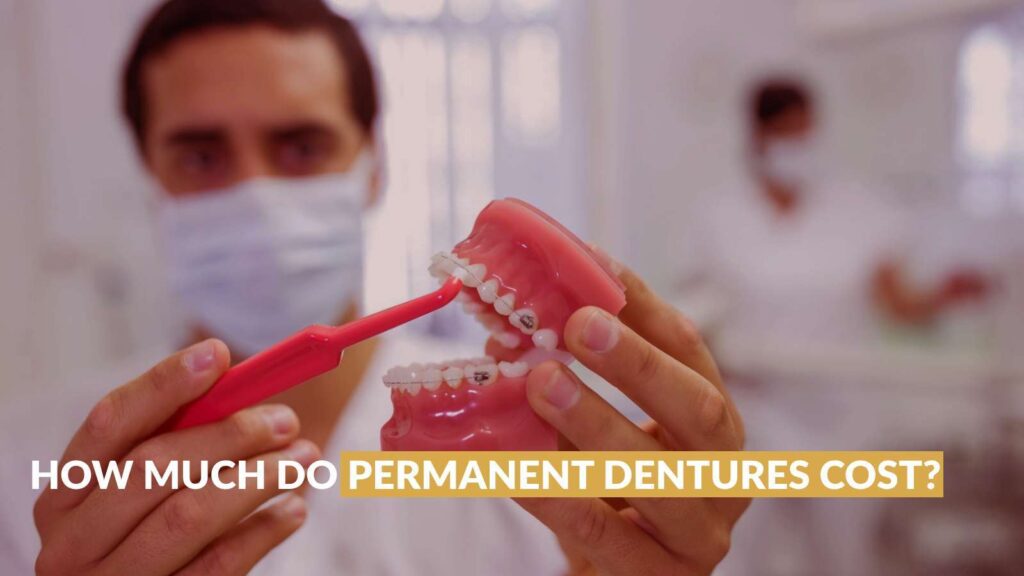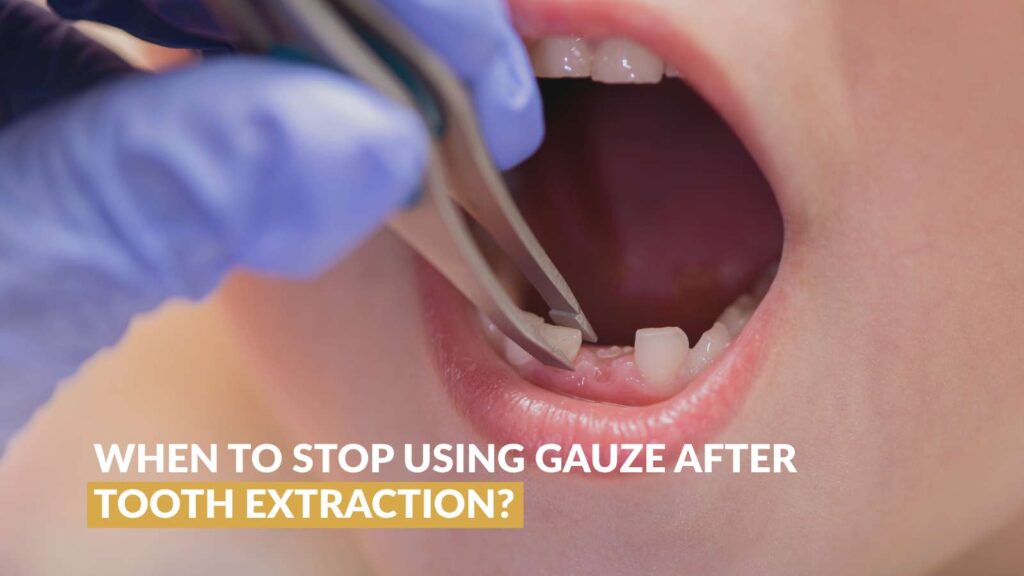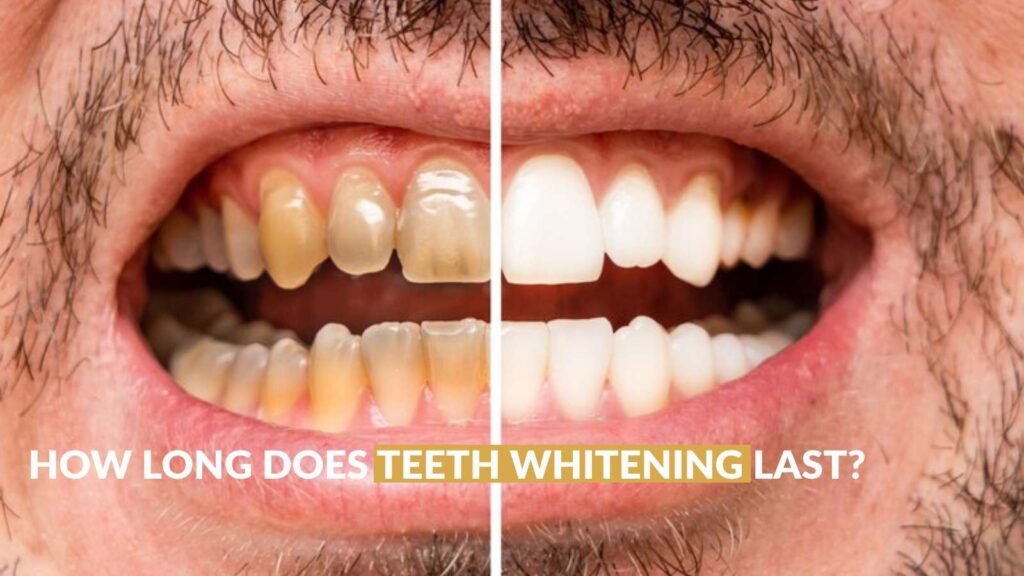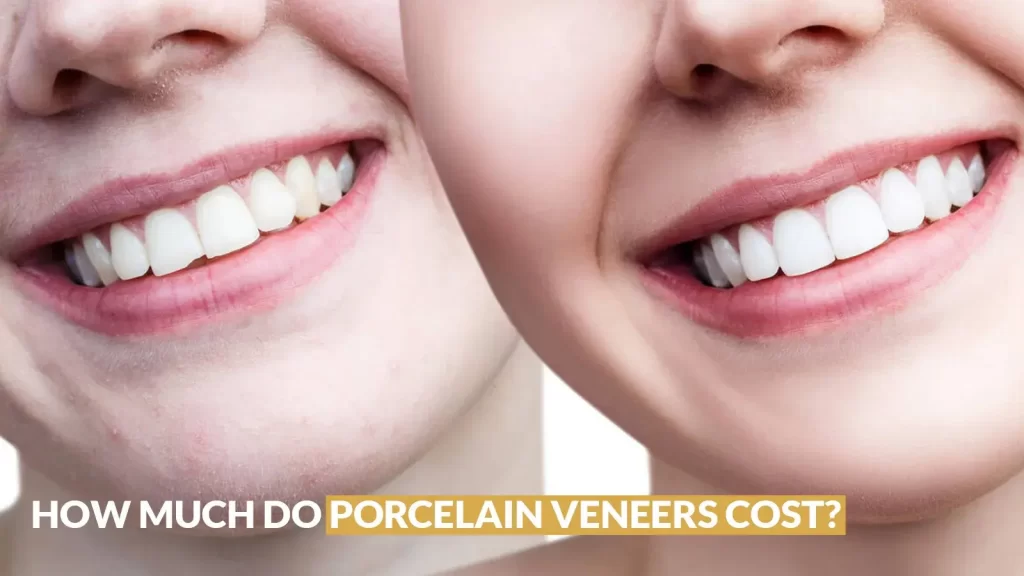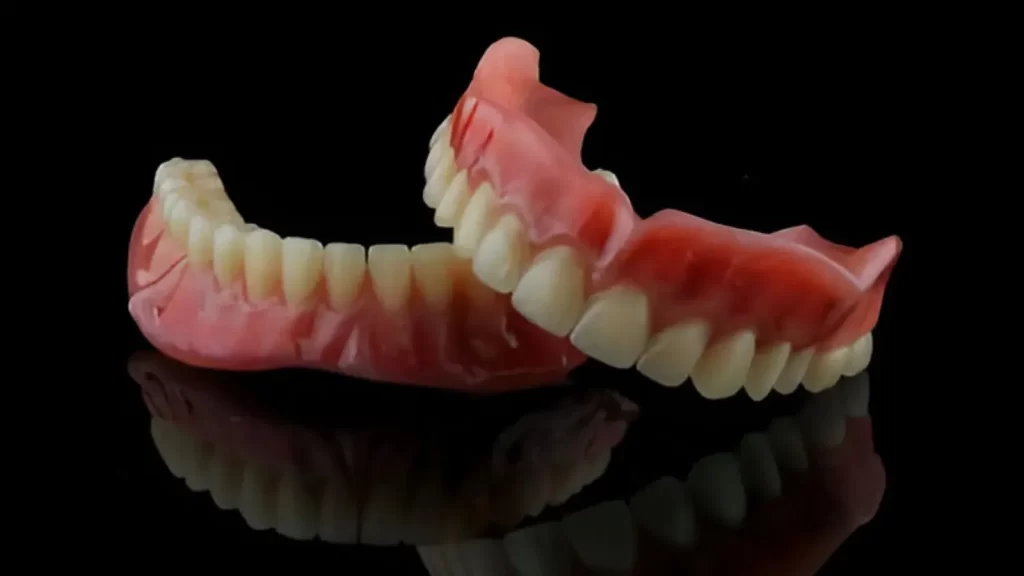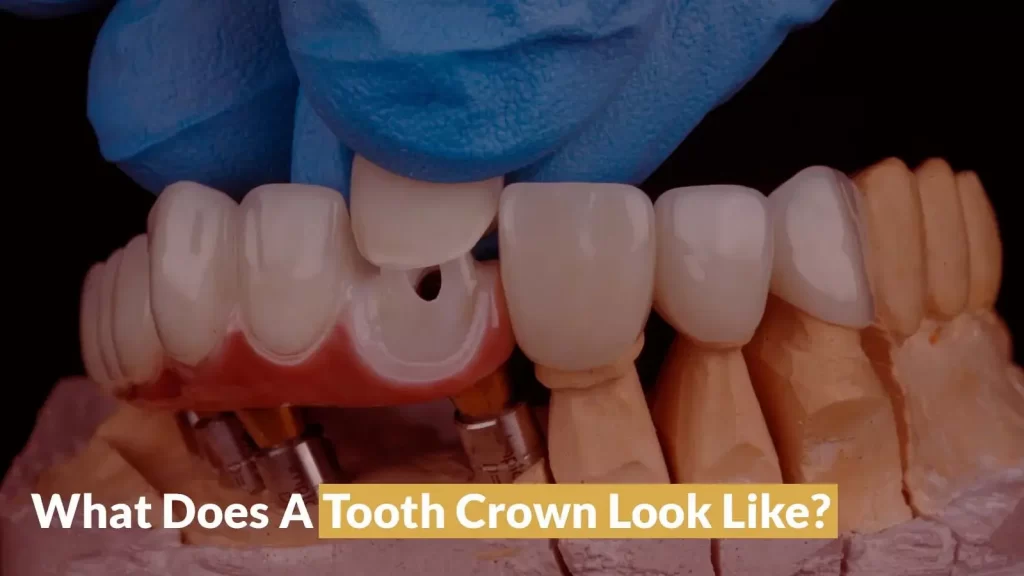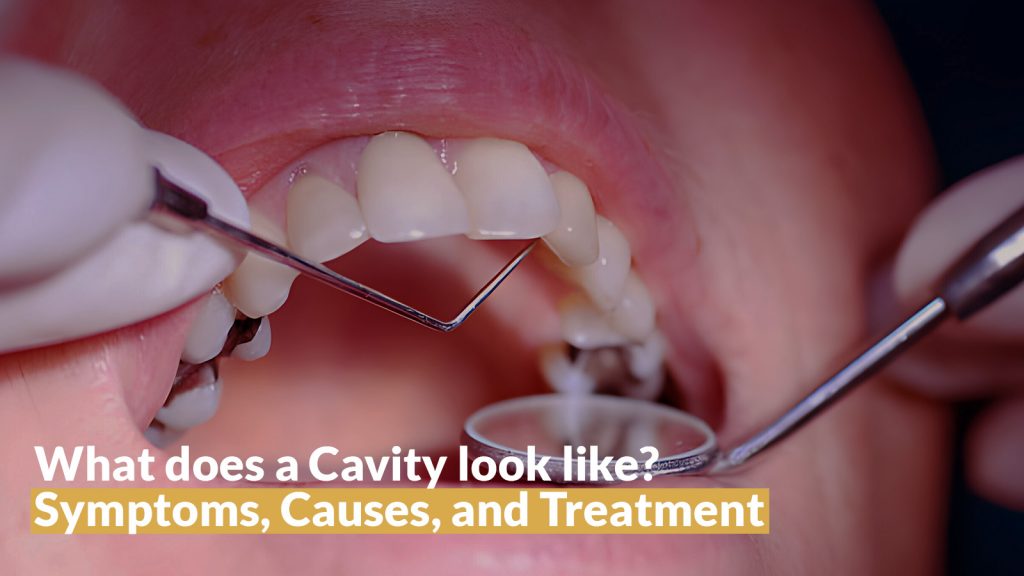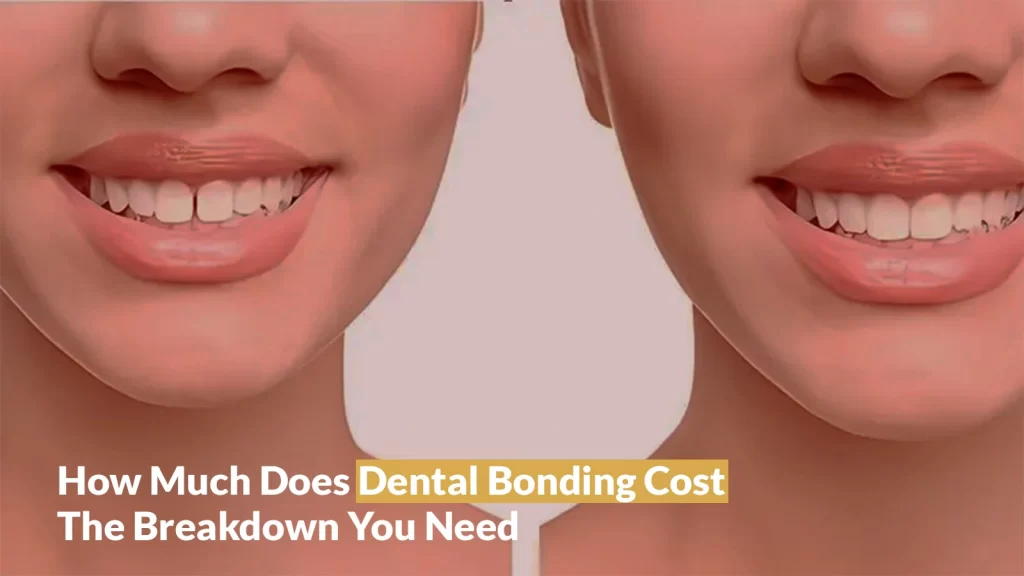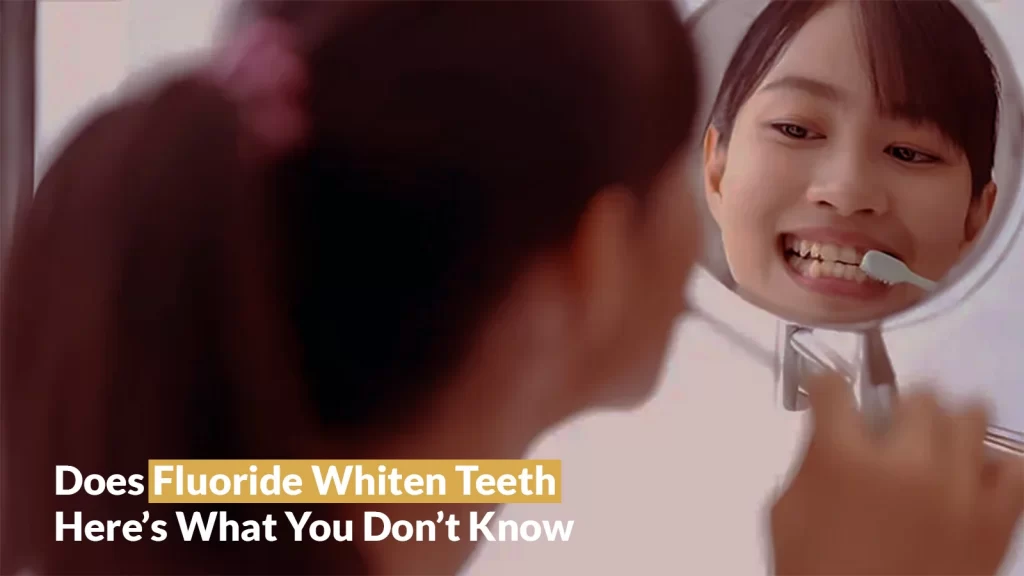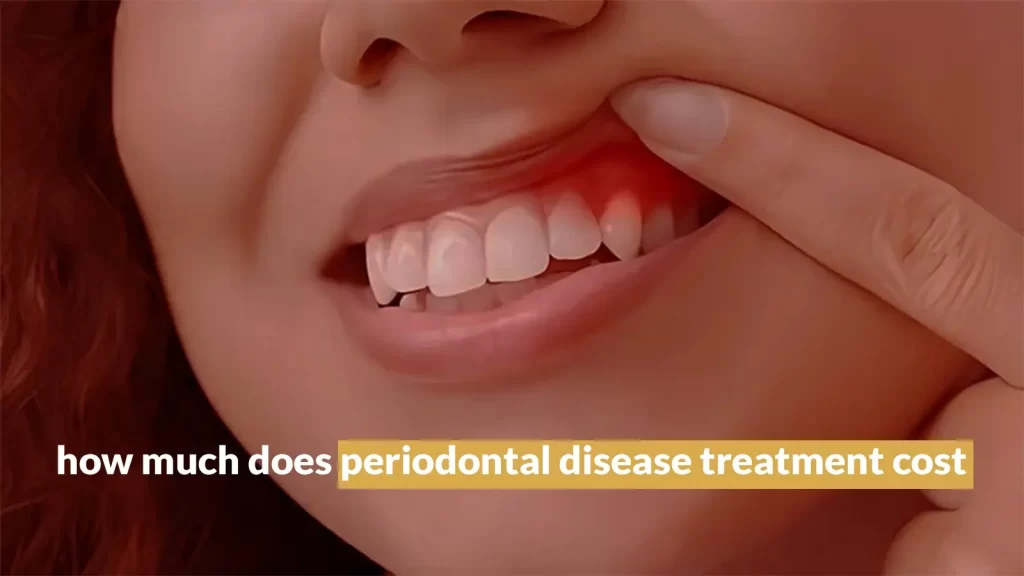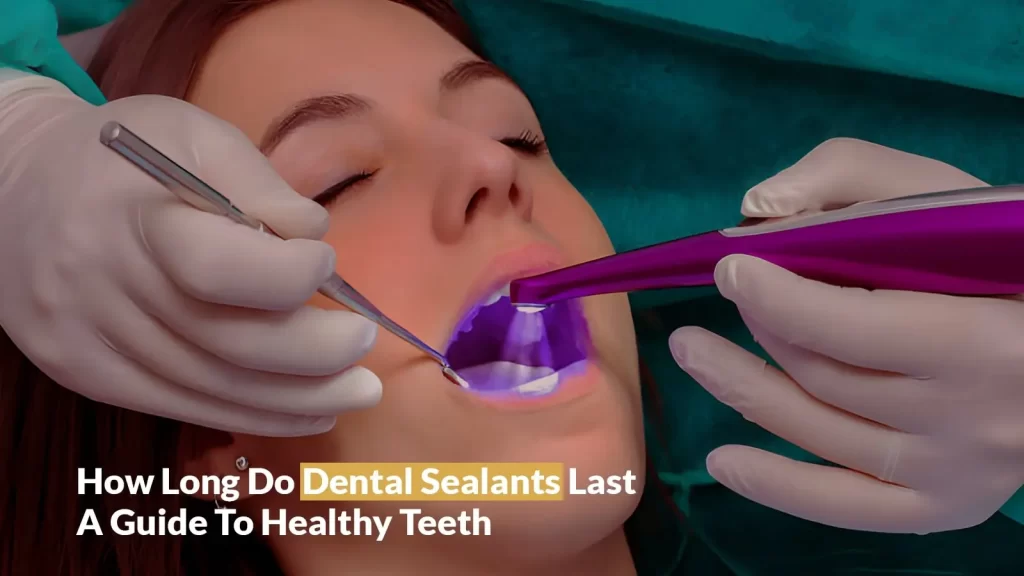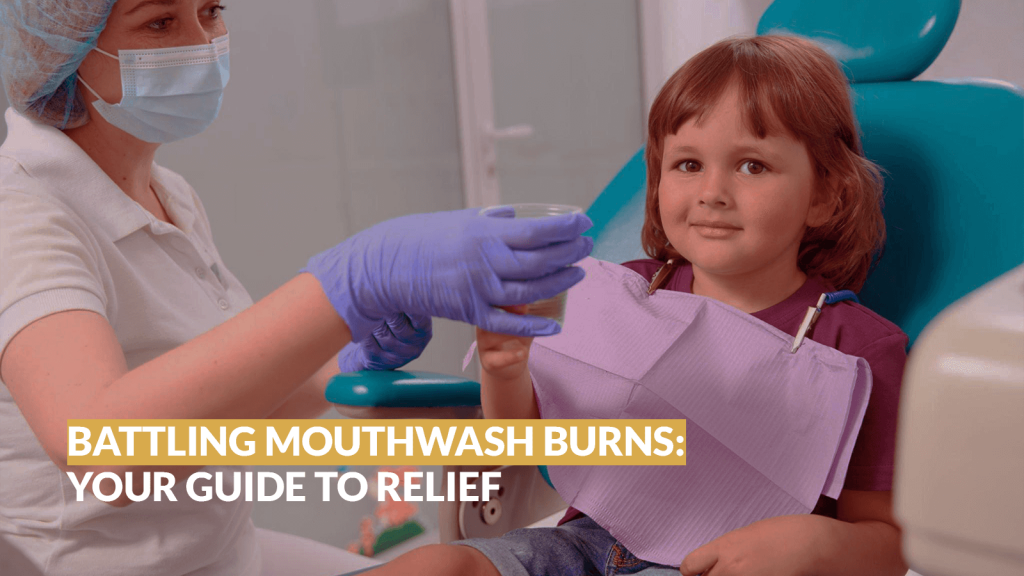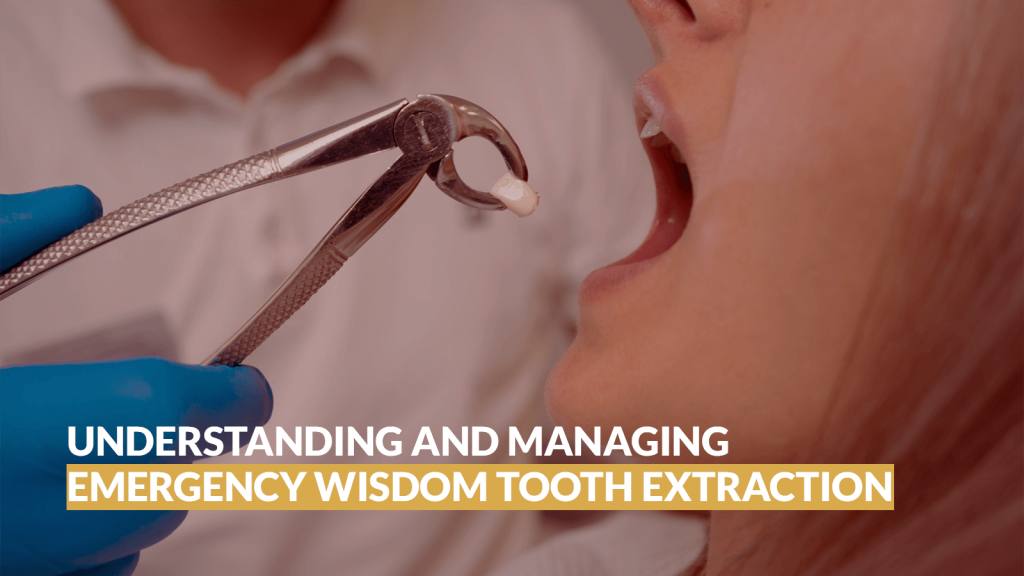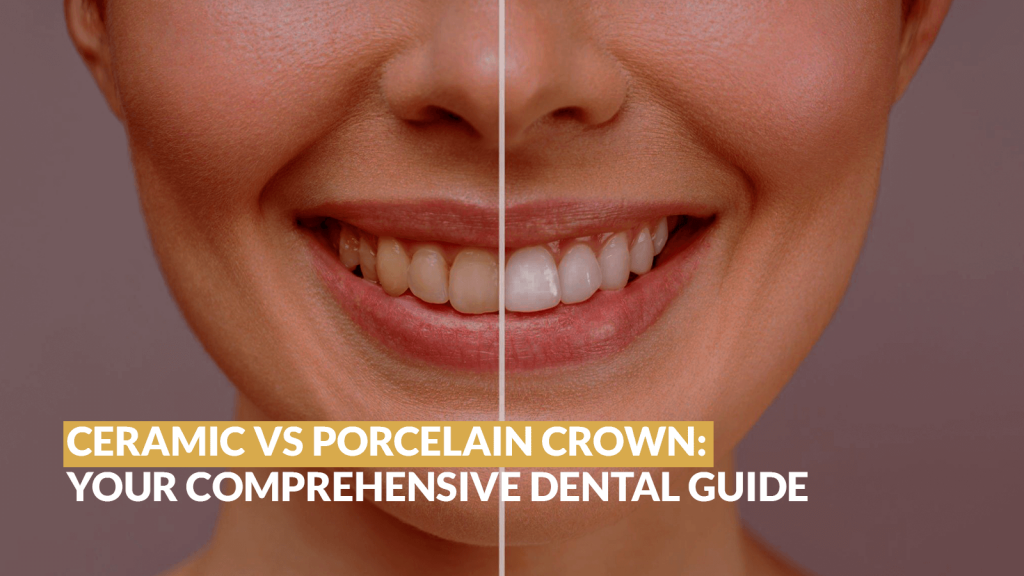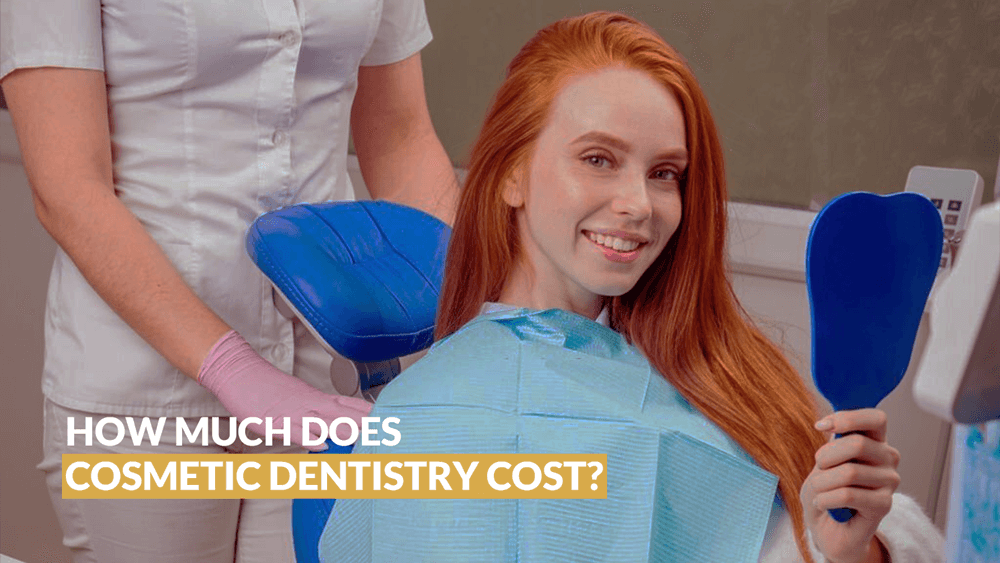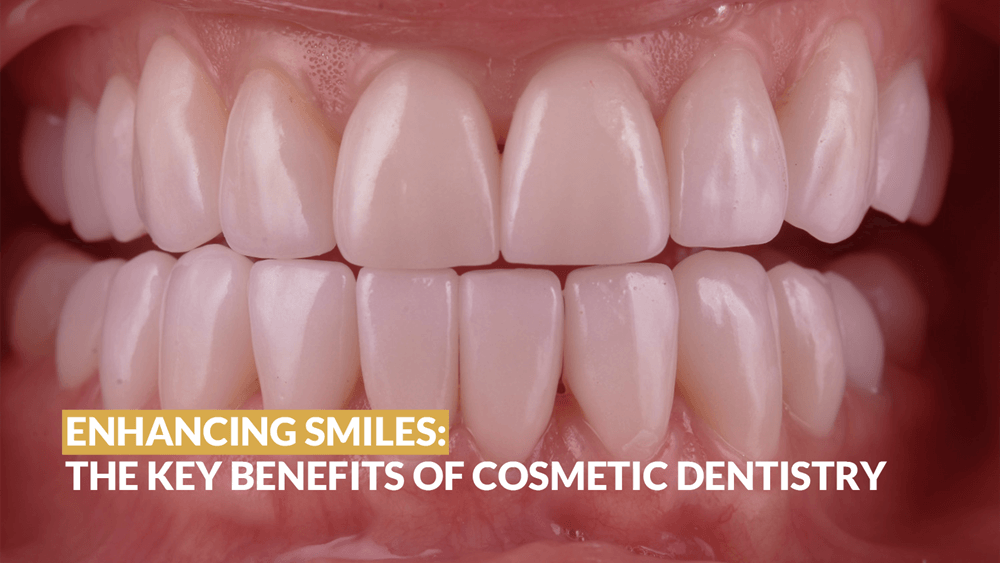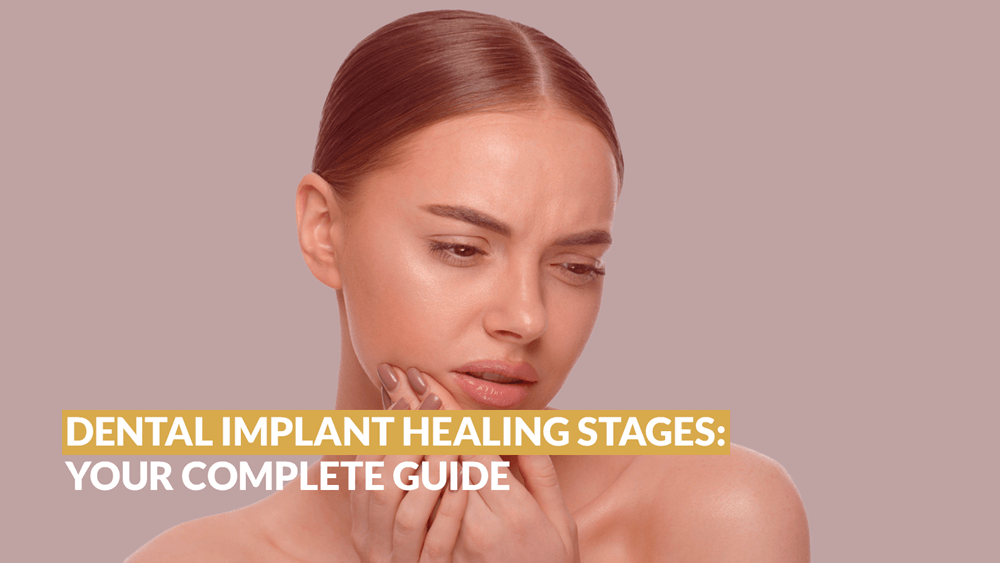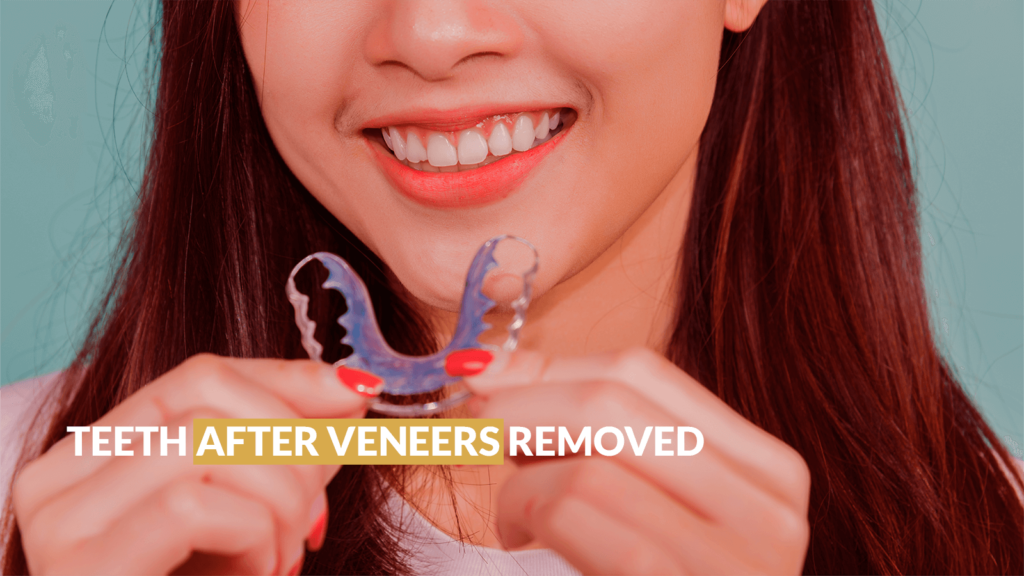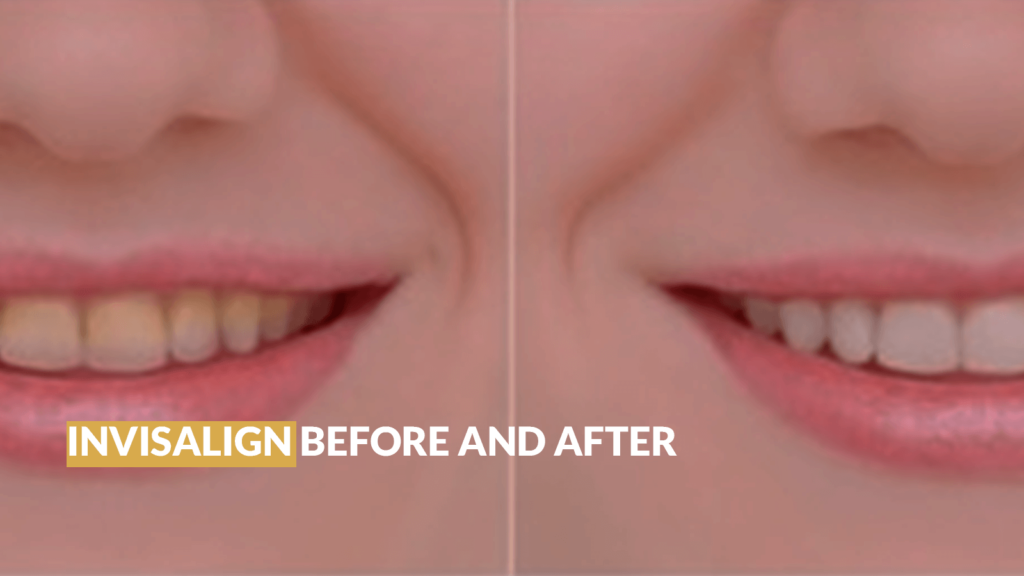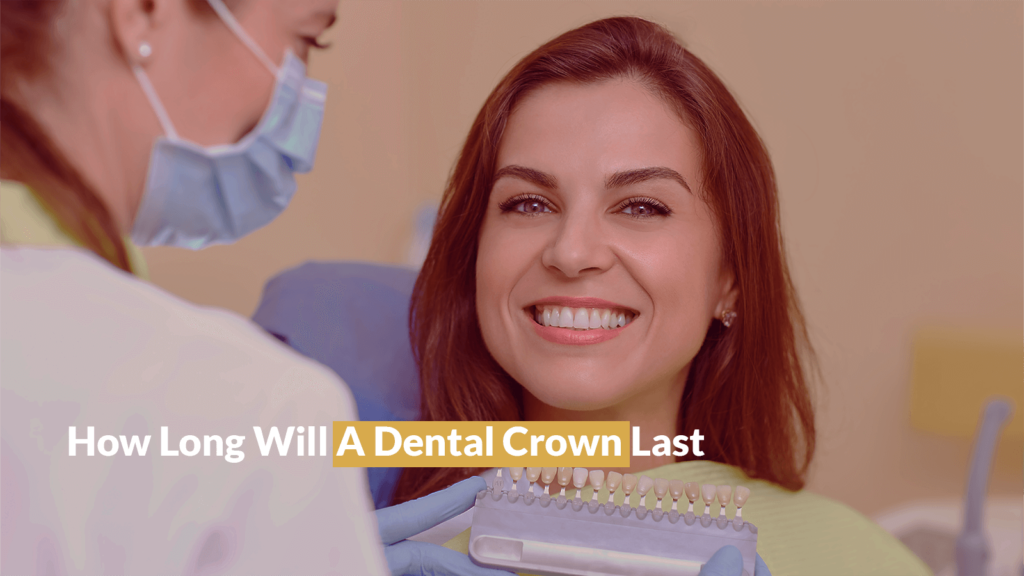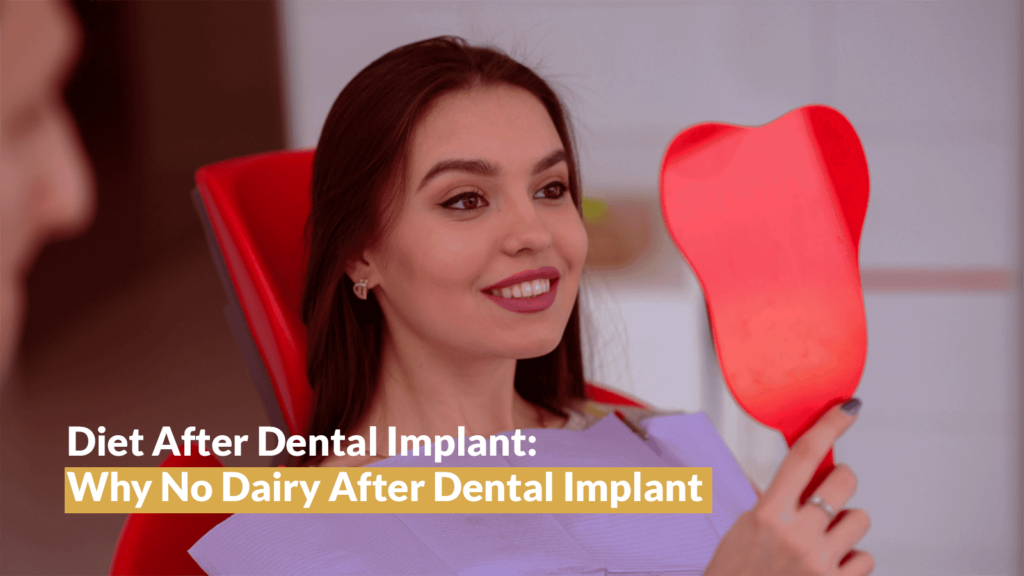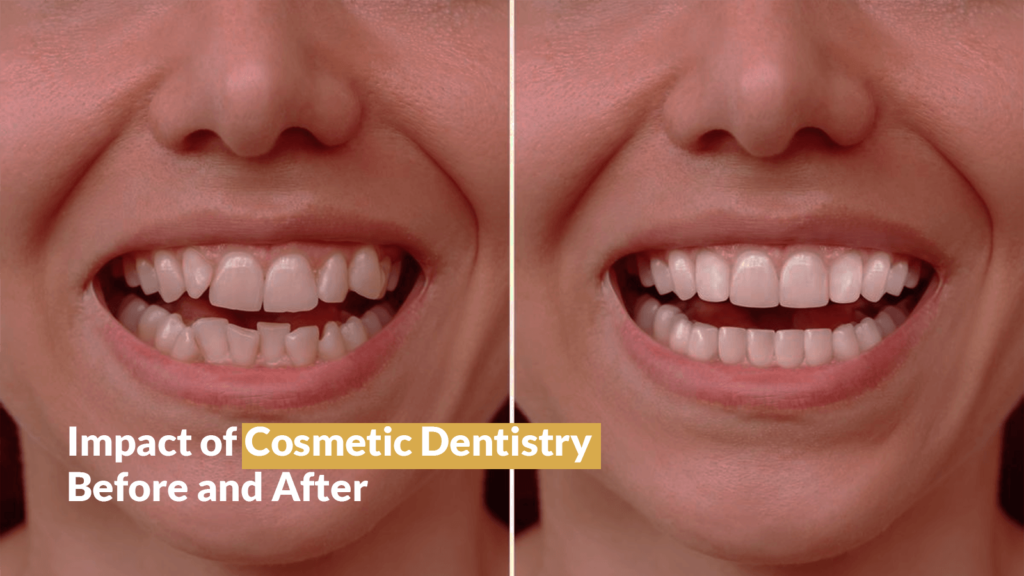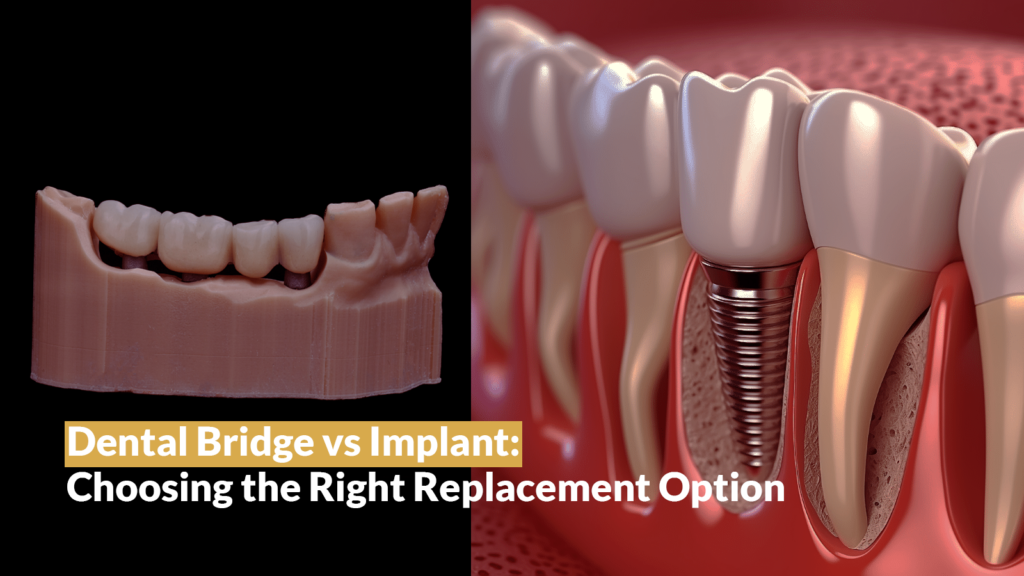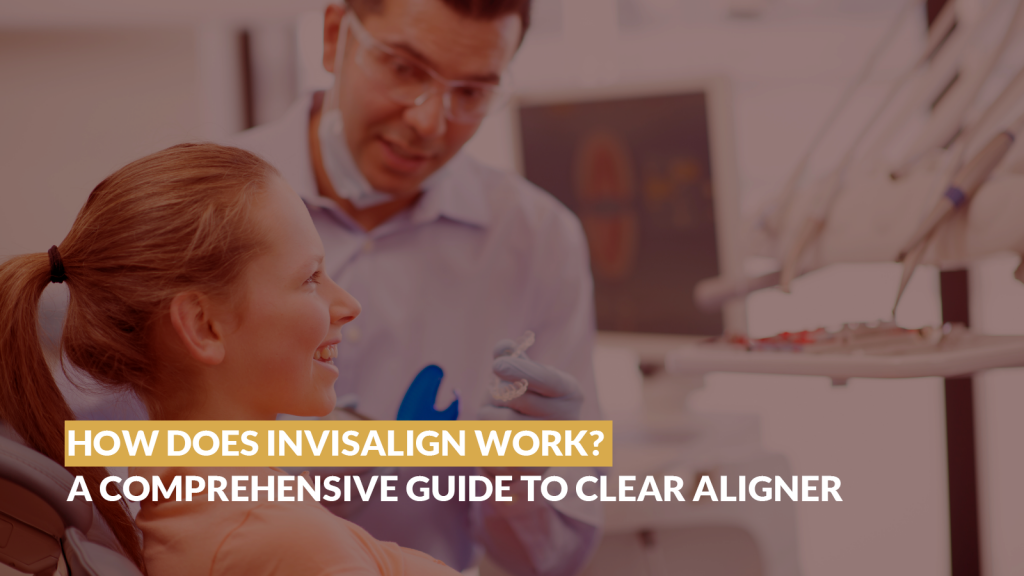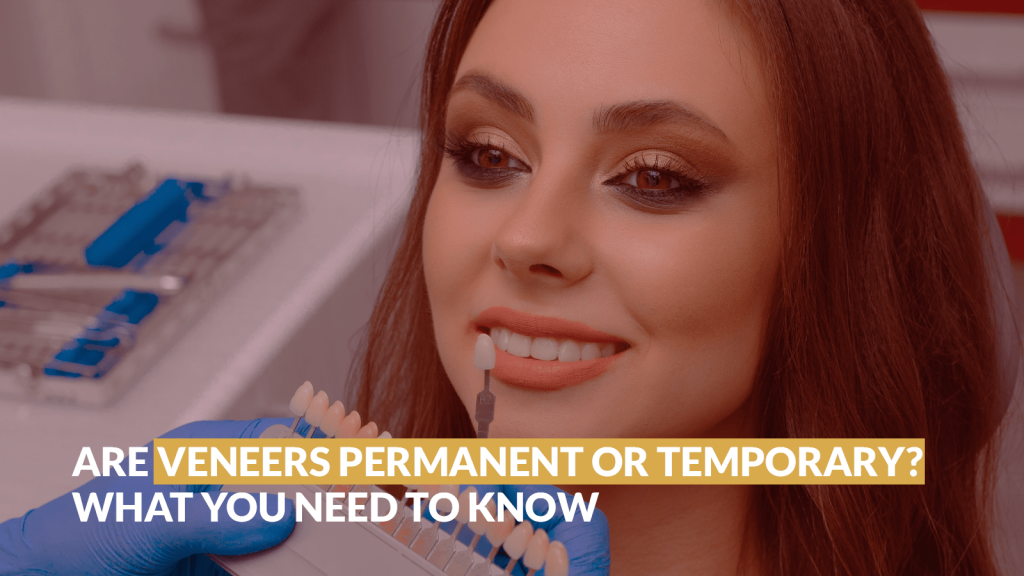How Much Do Dental Sealants Cost?
Discover the dental sealants cost and how they can protect your teeth from decay. Learn about the factors affecting the price and determine if dental sealants are a cost-effective solution. Dental sealants are a preventive dental treatment designed to protect teeth from decay and cavities. They are especially recommended for children and teenagers, though adults can benefit from them. They are a thin, protective coating applied to the chewing surfaces of molars and premolars. If you’re considering this treatment, it’s essential to understand the cost involved. This comprehensive guide will provide an in-depth look at dental sealants, including their application, effectiveness, fees, and more. What Are Dental Sealants? Dental sealants are a thin, plastic coating painted on the chewing surfaces of the back teeth, molars, and premolars. These teeth have grooves and pits where food particles and bacteria can easily get trapped, making them more susceptible to cavities. Sealants fill these grooves, forming a protective barrier that prevents decay. How Are Dental Sealants Applied? The application of dental sealants is a straightforward and painless process that typically involves the following steps: Cleaning: The dentist or dental hygienist will clean the teeth thoroughly to remove any plaque, food particles, or debris. Preparation: The chewing surfaces of the teeth are then treated with a unique gel etching solution that helps the sealant bond to the tooth enamel. Rinsing and Drying: After a few seconds, the etching gel is rinsed off, and the teeth are dried. Application: The sealant material, usually a liquid resin, is painted onto the prepared tooth surface. Curing: A special blue light hardens the sealant quickly, creating a solid protective layer. How Do Dental Sealants Work? Once applied and hardened, dental sealants act as a physical barrier on the chewing surfaces of the teeth. This barrier prevents food particles and bacteria from entering the deep grooves and pits, reducing the risk of decay. Sealants are particularly effective in preventing cavities in the molars and premolars, which are harder to clean thoroughly with brushing and flossing alone. How Much Do Dental Sealants Cost? The cost of dental sealants can vary based on several factors, including geographic location, the dental practice, and whether the patient has dental insurance. Here’s a detailed breakdown of the dental sealants costs: Sealant Cost (per tooth): Typically ranges from $30 to $60. Molar Sealant Cost: $30 to $60 per molar. Sealant Tooth Cost: $30 to $60 per tooth. Teeth Sealants Cost (full mouth): $120 to $240 for four teeth. Average Cost of Dental Sealants: Generally, $30 to $60 per tooth. Dental Sealant Cost for Adults: $30 to $60 per tooth, similar to the cost for children. Factors Affecting Dental Sealants Cost Several factors can influence the cost of dental sealants: Geographic Location Regional Differences: Costs vary by region, with urban areas charging more than rural ones. Dental Practice Clinic Reputation: High-end clinics with advanced technology and a strong reputation may charge more. Experience and Expertise: Dentists with specialized training or extensive experience might have higher fees. Insurance Coverage Insurance Plans: Many dental insurance plans cover sealants, especially for children, reducing out-of-pocket expenses. Preventive Care Benefits: Some plans fully cover preventive services like sealants. Number of Teeth Treated Extent of Treatment: Costs increase with the number of teeth treated, typically molars and premolars. Dental Sealant Material Type of Sealant: Different materials (e.g., resin-based, glass ionomer) have varying costs, with resin-based often being more expensive due to their durability. Application Method Time and Technique: The complexity and duration of the application can affect costs, though the procedure is generally quick. Additional Treatments Pre-Application Procedures: Necessary treatments like cleanings or cavity fillings before sealant application will add to the cost. Post-Application Care: Follow-up visits to check sealant integrity might incur additional expenses. How Long Do They Last? Dental sealants can last from 5 to 10 years with proper care. However, a dentist should check them regularly to ensure they are intact and effective. Over time, sealants may wear down or chip and may need reapplication to maintain their protective benefits. Who Can Get Dental Sealants? Dental sealants are suitable for a wide range of individuals: Children and Teenagers: Sealants are highly recommended for children and teenagers as soon as their permanent molars and premolars come in. It usually occurs between ages 6 and 14. Adults: Adults can also benefit from sealants, especially if deep grooves and pits in their teeth are free of decay and fillings. What Are the Complications of Dental Sealants? While dental sealants are generally safe and effective, there are some potential complications to be aware of: Allergic Reactions: Some patients rarely experience an allergic reaction to the sealant material. Sealant Failure: Sealants can wear down, chip, or fall off, necessitating reapplication. Bacterial Trapping: Improper application can trap bacteria underneath the sealant, potentially leading to decay. How to Protect Your Teeth from Cavities? In addition to getting dental sealants, there are several other measures you can take to protect your teeth from cavities: Brush and Floss Regularly: Brush at least twice daily with fluoride toothpaste and floss daily to remove plaque and food particles. Regular Dental Check-ups: Visit your dentist regularly for professional cleanings and check-ups. Healthy Diet: Limit your intake of sugary and acidic foods and drinks, which can contribute to tooth decay. Fluoride Treatments: Ask your dentist about fluoride treatments, which can help strengthen tooth enamel and prevent decay. FAQs Are dental sealants safe? Dental sealants are safe and have been used for decades without significant adverse effects. Do sealants hurt? No, the application process is painless and non-invasive. Can adults get dental sealants? Yes, adults can also benefit from sealants, particularly if they have deep grooves and pits in their teeth. How often should sealants be checked? Sealants should be checked during regular dental check-ups, typically every six months. Can sealants be applied over existing cavities? No, sealants are preventive and should be applied to teeth free of decay. Conclusion Dental sealants are a highly effective way to protect teeth from cavities,
How Much Do Dental Sealants Cost? Read More »

